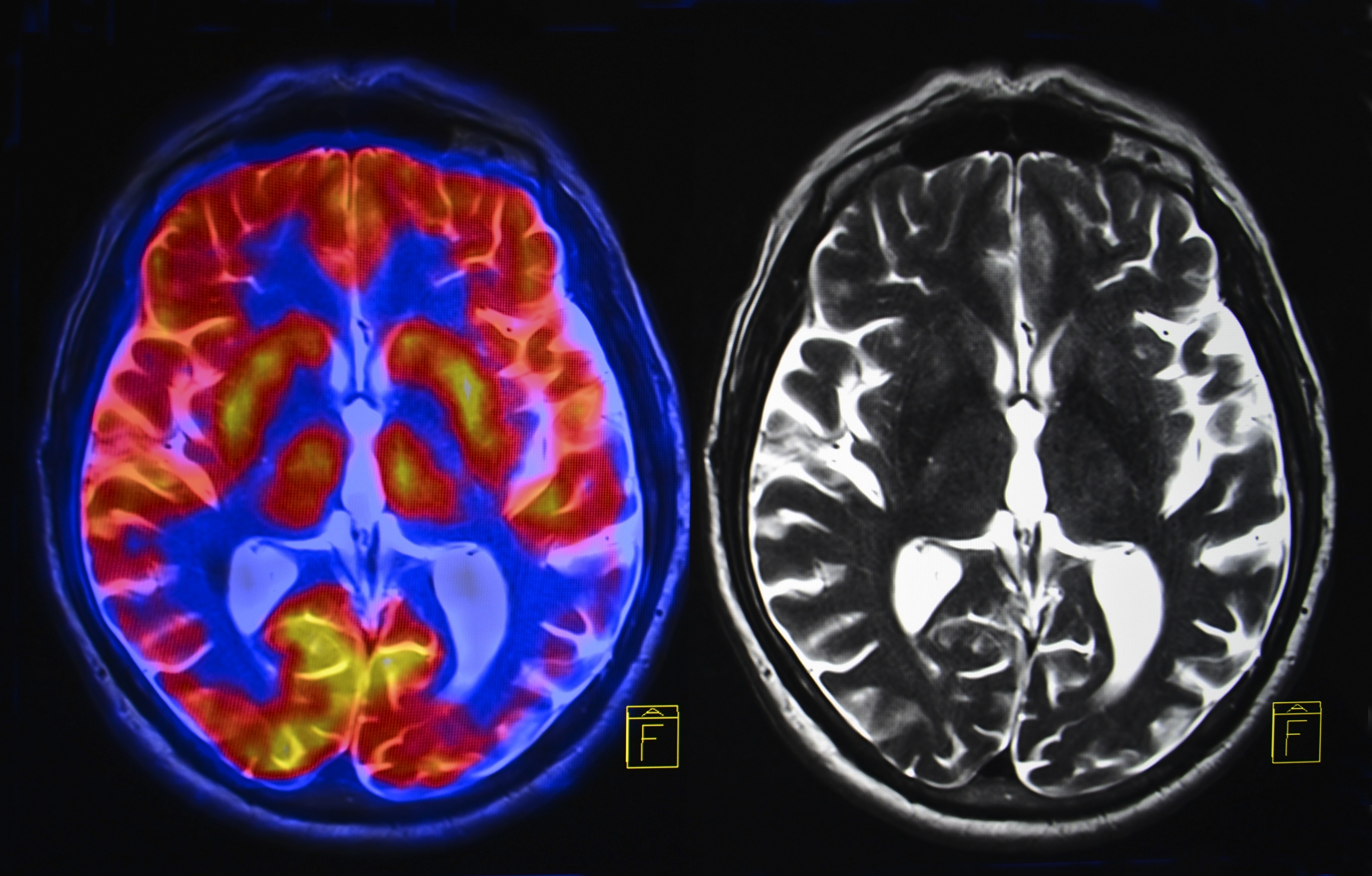Invicro Launches Algorithm that Helps Quantify Alzheimer’s Amyloid Plaques in PET Scans

A new algorithm can quantify faster and more effectively the amount of brain amyloid plaques during positron emission tomography (PET) scans for use in subject stratification and clinical trials of Alzheimer’s disease, according to the developers.
The new technique, developed by Invicro, was presented earlier this year at the Annual Human Amyloid Imaging Conference (HAI) in Miami. Invicro says it has the potential to detect smaller changes in amyloid plaque levels sooner, which will allow clinical trials to run more efficiently and become more cost-effective.
Diagnosing Alzheimer’s is a complex process. It is currently based on an individual’s history, physical exam, and cognitive tests.
The development of sophisticated brain imaging techniques that enable the detection of amyloid plaques in the brain — the prime suspects in the injury and death of nerve cells in Alzheimer’s — represents a major advance in diagnosing the neurodegenerative disease.
One of those imaging techniques is amyloid PET scans. Slightly radioactive tracer molecules that bind to amyloid plaques, such as Florbetapir F18, are injected intravenously into a patient. The PET scan uses their radiation to create a detailed image of the plaques in the brain, indicating both density and location.
This technique has enabled, for the first time, the accurate detection of amyloid plaques in the brains of living people, demonstrating its potential to help clinicians proceed with greater knowledge and confidence in their diagnosis and treatment recommendations.
Amyloid PET scans were approved for clinical use by the FDA in 2012, and have revolutionized clinical research. Many clinical trials require a positive amyloid PET scan prior to patient enrollment to ensure participants truly have Alzheimer’s.
And when patients are screened with PET scans before and after treatment, the effectiveness of a new therapy is more likely to be recognized.
To improve the quantification of amyloid plaques in amyloid PET scans within clinical trials, Invicro — a Konica Minolta company — developed a new and advanced artificial intelligence algorithm called AmyloidIQ, which accurately calculates the levels of amyloid plaques in amyloid PET scans.
AmyloidIQ is based on expert domain knowledge. It showed a 50% increase in power over existing methods when analyzing more than 900 Florbetapir F18 PET scans from the Alzheimer’s Disease Neuroimaging Initiative database.
“By encoding expert domain knowledge into a computer algorithm for image analysis of amyloid scans we can increase power, reducing cost and timelines for clinical trials of novel [Alzheimer disease] therapeutics, ” Roger Gunn, AmyloidIQ’s co-inventor and the executive vice president of quantitative data sciences for Invicro, said in a press release.






